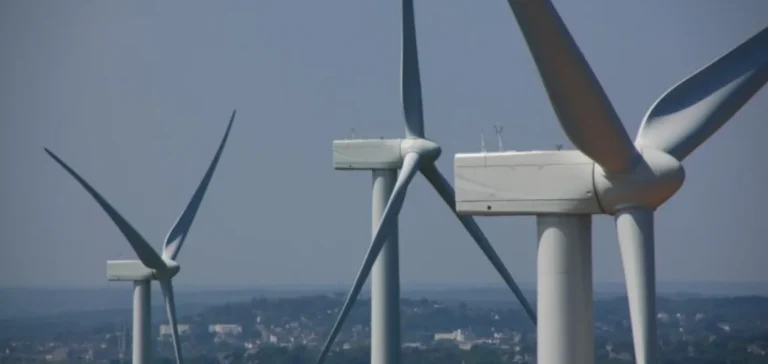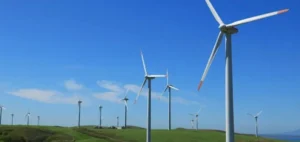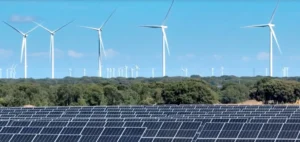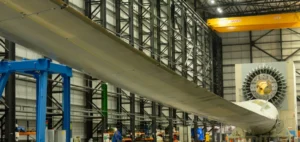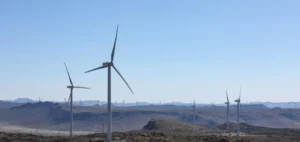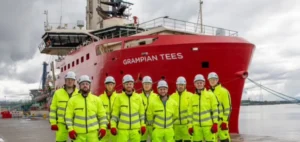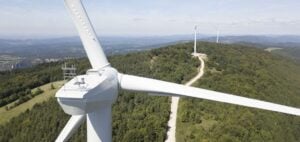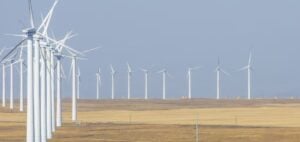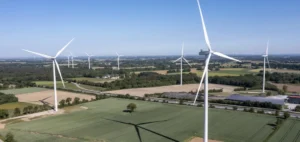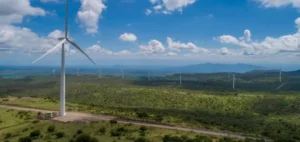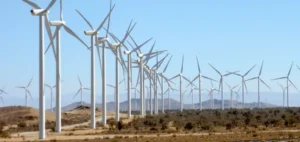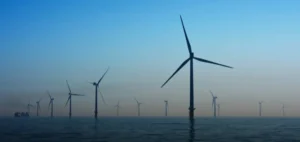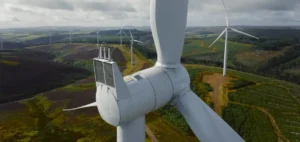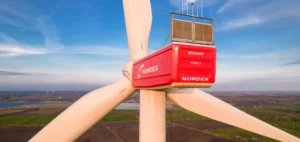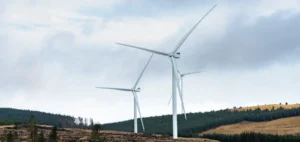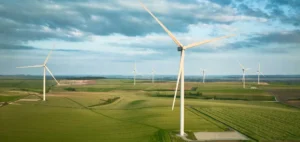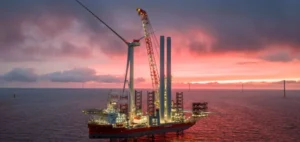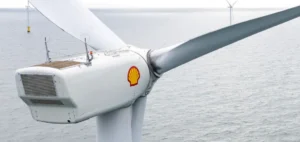A citizen-led wind farm with an installed capacity of 12.9 megawatts (MW) has been inaugurated in Martigné-Ferchaud, western France. Driven by local residents organised into a dedicated company, the project now powers around 6,900 households and supplies nearly 16% of the electricity consumption of the Roche aux Fées community of municipalities. The total investment reached EUR23.1mn ($24.9mn), raised through a consortium of citizens, local authorities and institutional partners.
A financing structure anchored in the territory
The initiative began in 2010 under the association Énergie des Fées, later transformed into the citizen-owned company Féeole Développement Citoyen. This entity now holds 40% of the operating company Féeole Exploitation, while the remaining 60% is shared between Société d’Économie Mixte (SEM) Energ’iV, SEM SIPEnR and the national organisation Énergie Partagée. Together, they secured EUR2.5mn ($2.7mn) in equity, including over EUR1mn ($1.08mn) directly contributed by citizen investors via Énergie Partagée.
The remainder of the investment was financed through bank loans arranged with Banque Populaire Grand Ouest (BPGO), ARKEA and Crédit Coopératif. This multi-party structure allowed for risk sharing while embedding the project in the local economic network.
A project delayed by legal and geopolitical challenges
Although the construction permit was obtained in 2018, a legal appeal delayed the project by four years. Once resolved in court, the promoters faced deteriorating economic conditions from 2022 onwards, as energy markets destabilised by the war in Ukraine put pressure on financial viability. Finalising the investment package in 2023 ultimately secured the project’s completion.
The Féeole wind farm became the first in France to benefit from the “shared governance” bonus introduced in the calls for tenders managed by the French Energy Regulatory Commission (Commission de Régulation de l’Énergie, CRE). This incentive rewards projects that actively involve local actors in their governance and financing.
A governance model with territorial involvement
A monitoring committee composed of elected officials, local residents, farmers and project stakeholders was established to oversee operations. This forum addresses local concerns while ensuring transparency throughout the wind farm’s operation.
The electricity generated is marketed by the public supplier Alterna through an offer certified VertVolt by the French Agency for Ecological Transition (ADEME). The scheme allows consumers to support shared-governance projects while sourcing power locally.


